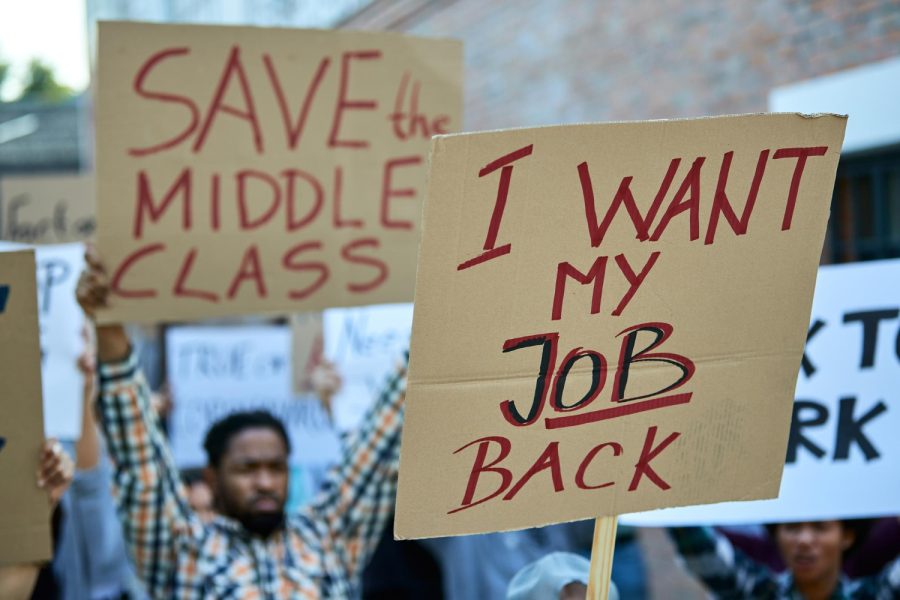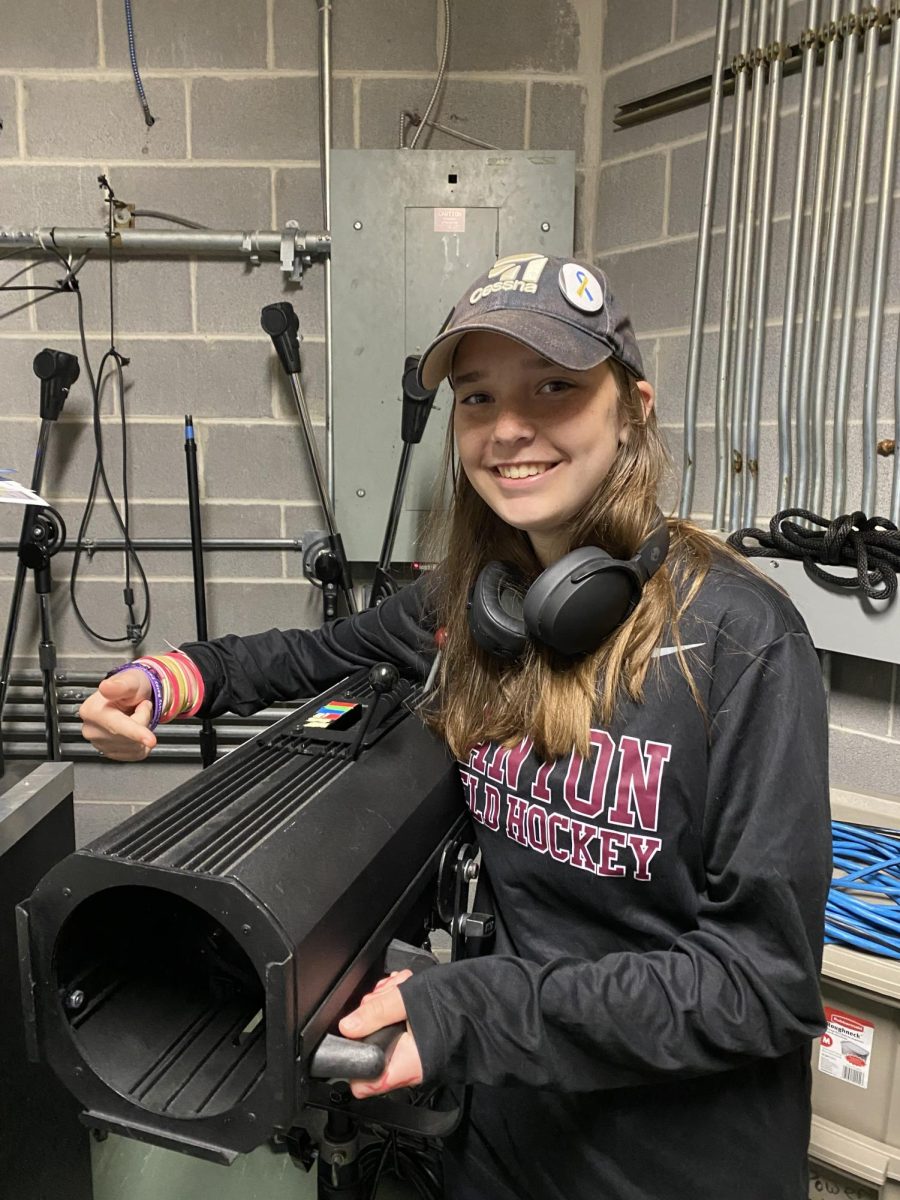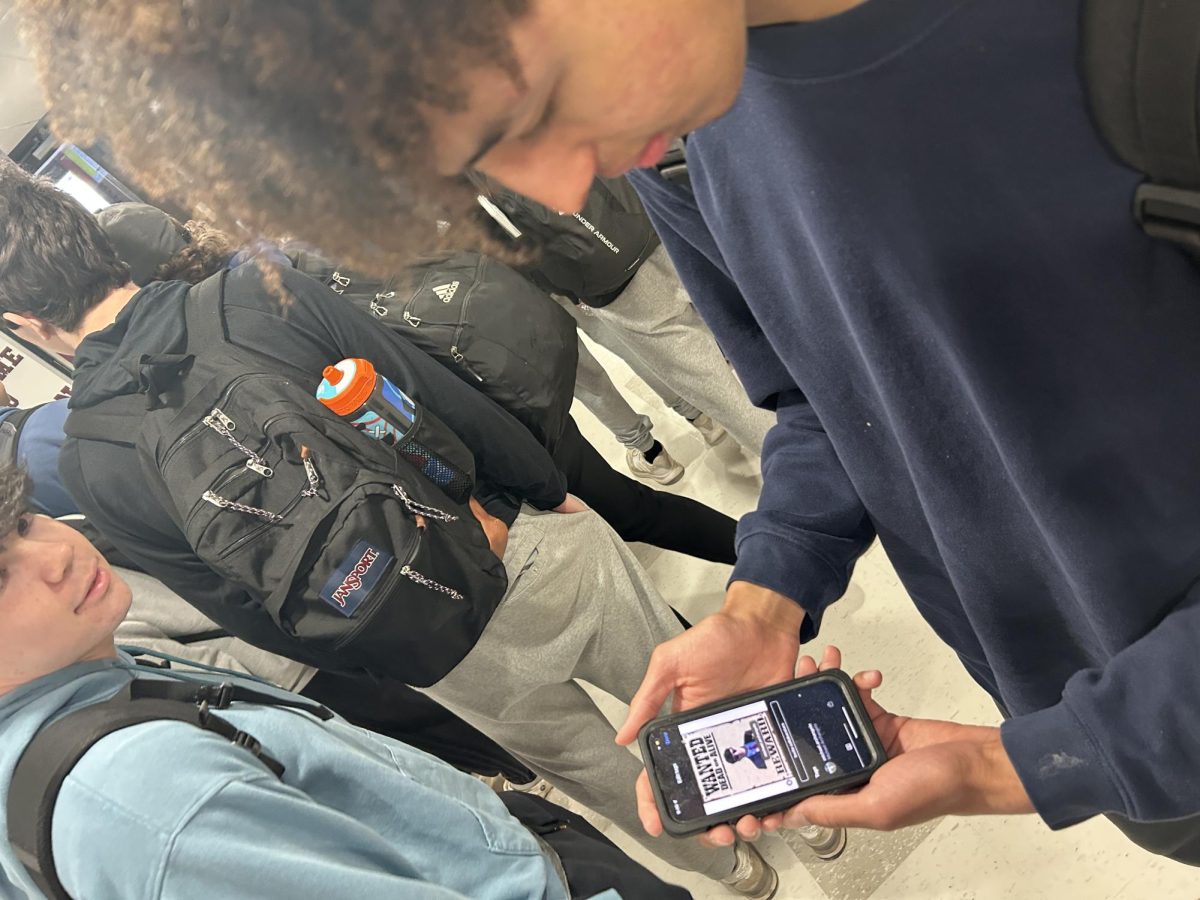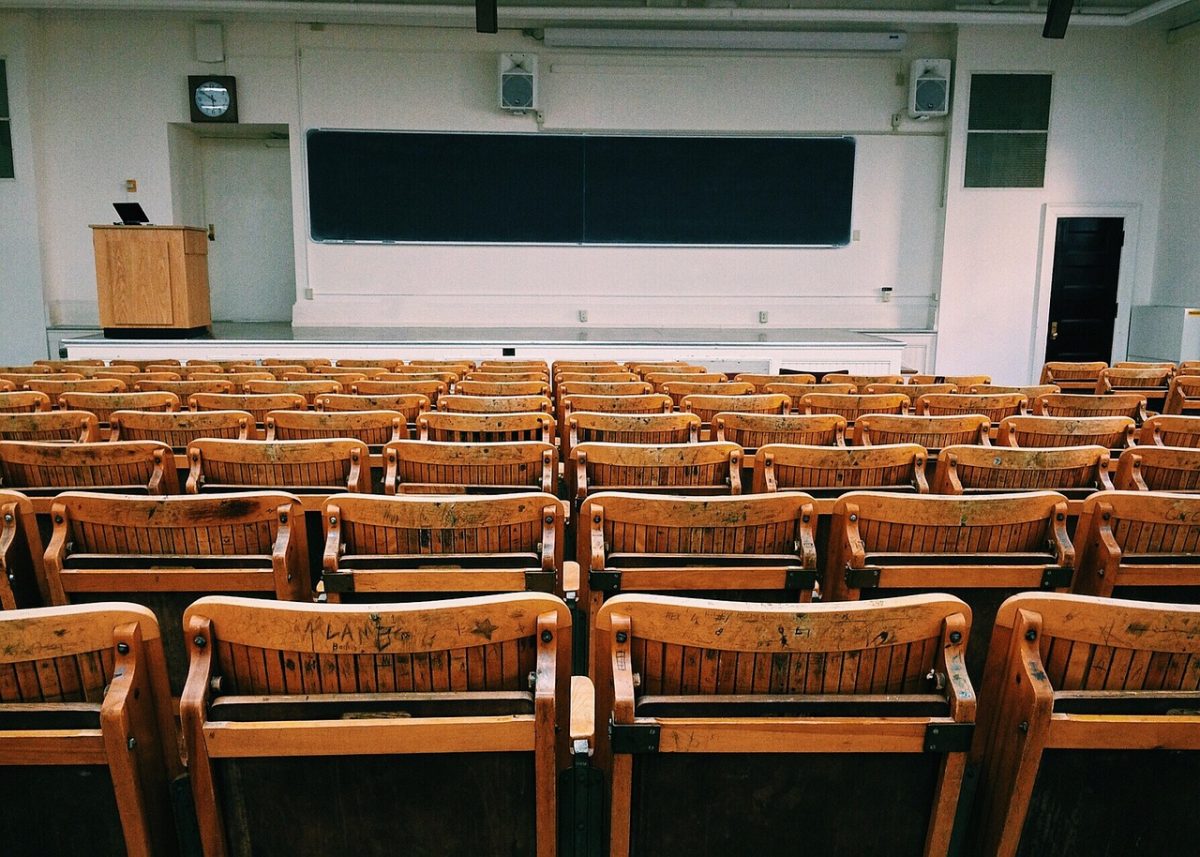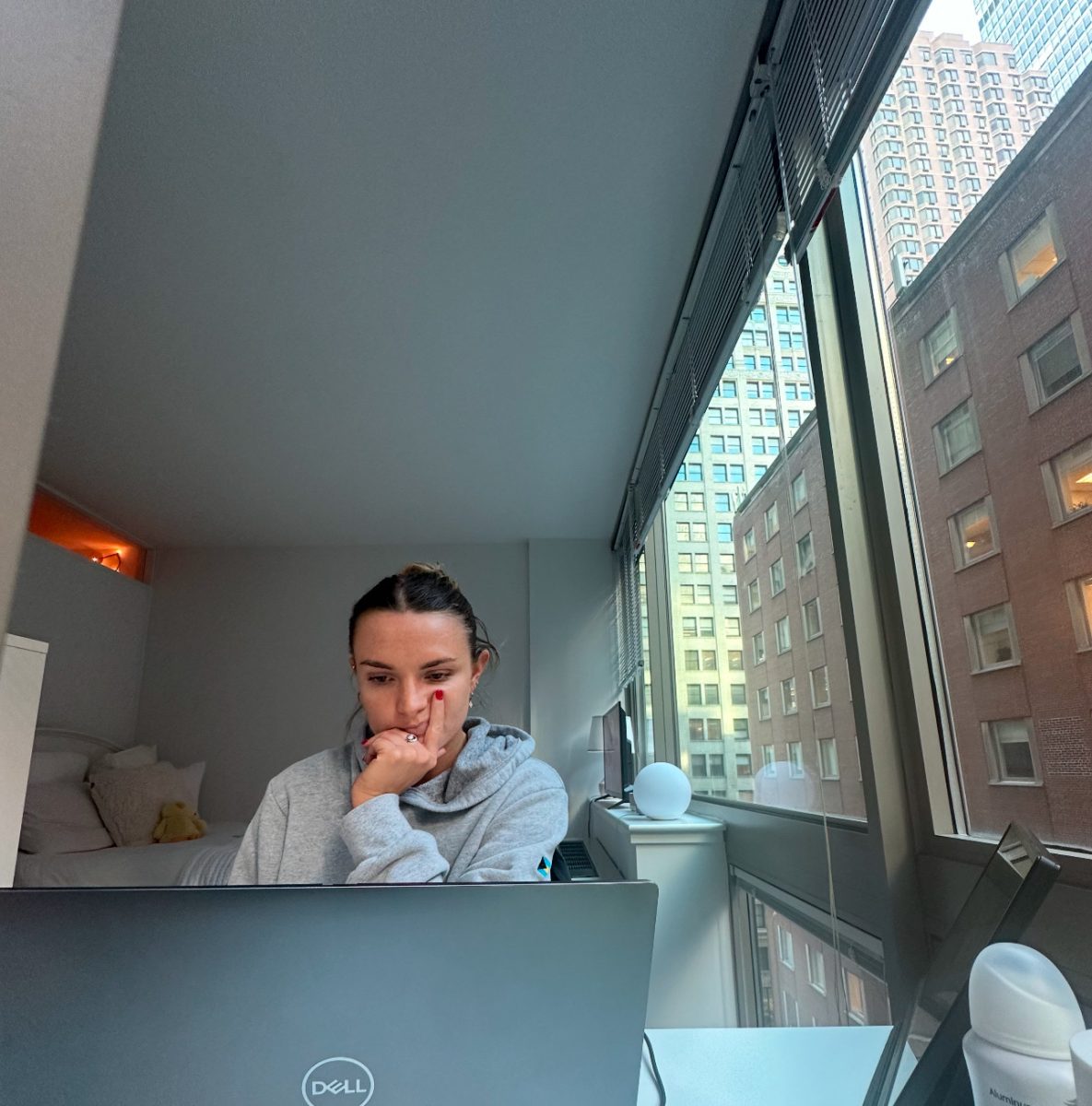COVID-19 through a magnifying glass of the working class
Response to unemployment rates and increased job loss since the beginning of the COVID pandemic. Drazen Zigic/freepik
December 21, 2022
Zoom screens, social distancing, masks, illness, and vaccinations sound familiar to all of us. It was the reality we had to live with throughout the early stages of the COVID-19 pandemic. Yet, did we all wrestle with the same struggles or enjoy the same privileges during this global emergency?
There seems to be a false equivalence when this subject is brought up. Throughout the pandemic in the US, the less affluent were faced with more risks from their lack of access to education, healthcare, job opportunities, gender, and race equality.
For many students and adults, distance learning was a comfort. For many working-class families, schools were sources of support that weren’t provided at home through online learning. According to the Pew Research Center, almost half of working-class families didn’t own a computer compared to 8% of upper-middle-class families. Parents also became primary sources of dependency rather than educators, but many didn’t have the academic knowledge to be able to teach their children. Additionally, upper-class families were more comfortable going digital as they were already familiar with the technology. The Organization for Economic Cooperation and Development (OECD) reported “only 23% of working-class children had started using a computer at the age of 6 or earlier compared to 43% of upper/middle-class children,” which would’ve affected learning capabilities.
Aside from a digital disparity, unemployment skyrocketed for working-class families when Covid hit. As businesses suffered liquidity issues, citizens lost their ability to support their families and almost 50% of the poorest 20% of families lost their jobs. Unemployment among the working class was not new, but the damage to them was more prominent and destructive than it was to the more affluent. Furthermore, data formed from the Gallup Great Jobs Report showed that people who lost their jobs received worse job standards than before the pandemic and their quality of life seemed to worsen. Lower-income families had a harder time rebounding from their cuts and lost a level of comfortability in their lives.
Moreover, since a flow of money was lost, healthcare became a forlorn cause. A report was conducted to assess the impact the outbreak had “on the accessibility and quality of healthcare services and exacerbated socioeconomic inequalities.” Currently, the issues with the US healthcare system are conspicuous; prices are too expensive to afford. Many states provide “limited availability for public coverage.” In addition, as the success of the Affordable Care Act has started to decline, families cannot fulfill the demands to receive necessary treatment. Having healthcare has covered the cost for many; however, 12% of low-income families are faced with debt rather than relief.
It’s arguable that people were not excluded from having these struggles, however, while this is partially true, the less affluent were more likely to face double risks. Throughout the pandemic, “stark gaps in wealth, health, and work have gone from being chronic problems to acute ones.” Many did not face the same amount of suffering that others did. Families were rejected for healthcare, access to jobs, and equal education while others weren’t able to get health insurance to cover COVID costs. While the virus has not made large dents in some people’s lives, others have been left to drown in a pool of uncertainty and rejection.
Offering free healthcare and equal opportunities for jobs would enable those with lower socioeconomic status to provide for themselves and their children with better education and COVID treatment. People associated with lower economic status often have poor knowledge or are unemployed as a result of the virus, making it difficult to meet the demands of our current systems. Subsequently, social disparities will hopefully thin.
Socioeconomic status has formed a connection with social justice issues in the US through the pandemic. As we continue returning to an era before COVID-19, we should be cognizant of the inequalities enlarged from this era. While some may be able to share a moment of exuberance, others continue to try to recuperate from the outcomes of the virus.
